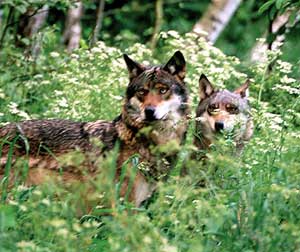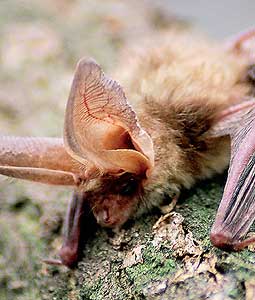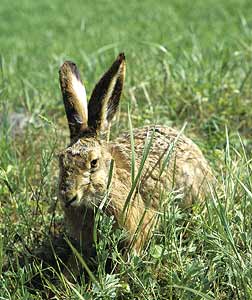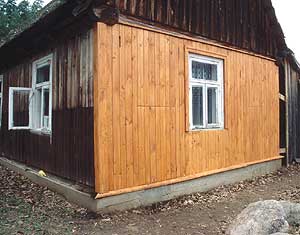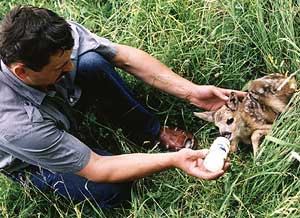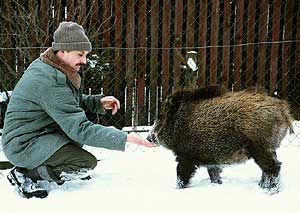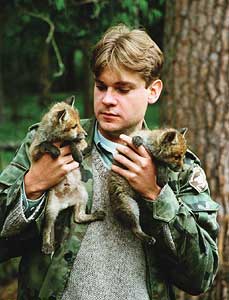| MAMMALS
| |||||||||||||||
Text:
|
Species protection
Species protection includes measures to permanently protect species especially valuable, which are threatened by direct extinction. Rare species and species protected by international agreements are covered by such protection. Reserve protection includes the maintenance of biocenotic diversity and animal gene pool, being an essential condition for renewal and development of the natural environment.
One of the basic statutory tasks of the Wigry National Park is the protection of nature as the whole and specific features of the landscape within the Park. Out of more than 1700 animal species found so far in the park, 301 species are covered by species protection (more than 17% of the park’s known flora).
Amongst 48 mammalian species Mammalia occurring in the Wigry National Park, 25 species are protected. These are:
The species listed above are protected as provided in the ordinance of the Minister of Environment of September 26, 2001. The European beaver is an exception as it is covered by partial protection. The otter is under strict protection, excluding fishing ponds classified as fish-breeding areas as defined in regulations on inland fishery, where it is partially protected.
Projects financed by the National Fund for Environmental Protection and Water Management and the EcoFund are carried out in the Wigry National Park. The basic aims of these projects are the active protection of fauna and study of animal populations living in the wild. Protective measures underway include improvement in welfare conditions of selected mammalian species. As a result, the number of natural sites suitable for reproduction increases, and specific species and even individual are protected.
The active protection of bats is implemented under currently conducted projects. Such threats as shortage of reproductive sites, limited food supply and disturbances of hibernation lead to a fast decrease in the number of this species all over Europe. Due to this, under projects being conducted, aimed to protect bats, a nesting box in the form of a building wall for more than 500 common pipistrelle individuals was constructed in Leszczewo locality, in the Wigry National Park, thanks to the EcoFund’s finance. In addition, 150 daytime shelters – boxes – were installed, and bats stay there during daylight hours.
In recent years, the expansion of the road system in north-eastern Poland has led to very frequent vehicle/wildlife accidents affecting various animal species. Co-finance from the National Fund for Environmental Protection and Water Management has resulted in the centre where animals living in the wild are bred, treated and cured in the Wigry National Park.
Individuals kept in the centre receive veterinary care and are continually cared for. Animals injured as a result of accidents are transferred to zoos or other institutions authorized to breed animals living in the wild. Individuals which recover completely are reintroduced into the natural environment. Amongst others, the centre has hosted two otters, nine polecats, martens, roe deer, wild boar, foxes, hares, common long-eared bat and even a tiny European water vole.
Every year, in wintertime, the field staff of the Wigry National Park record the numbers of elks, deer, red deer, wild boar, beavers, and large predators. This data allows determination of the state and health of the population and may suggest protective measures being adopted for specific species. The annual registration is supplemented by surveys logging selected animal species, especially those covered by species protection, amongst others of the wolf, otter and snow hare. Surveys completed by field staff of the Wigry National Park are forwarded to Scientific and Research Department of the Wigry National Park.
| ||||||||||||||
|
|
